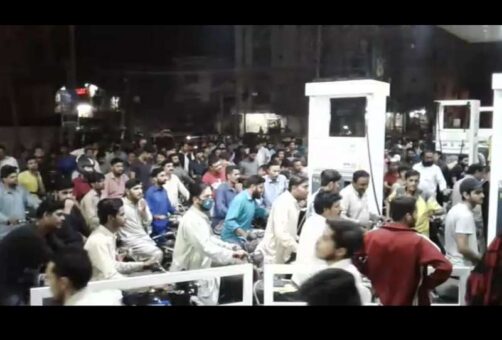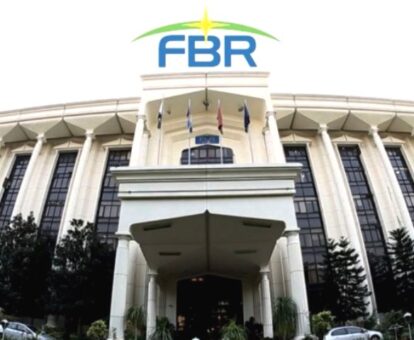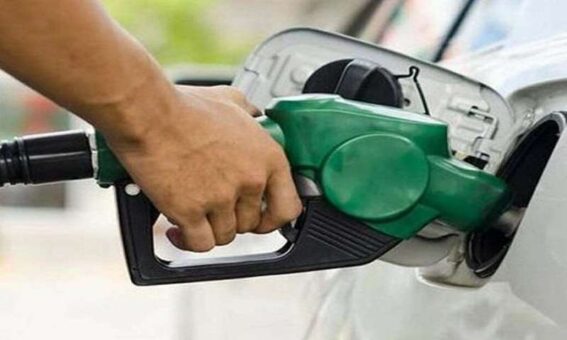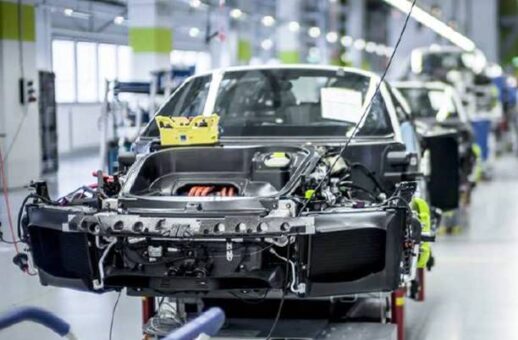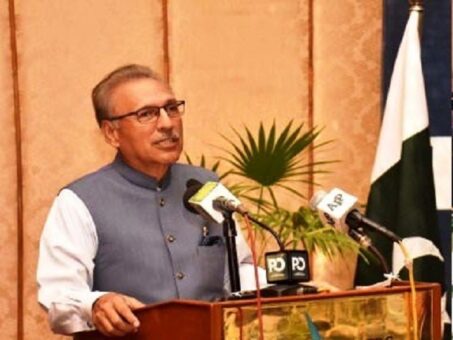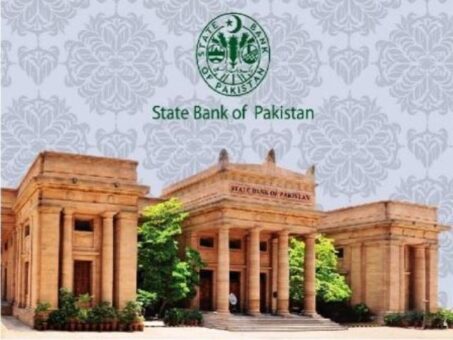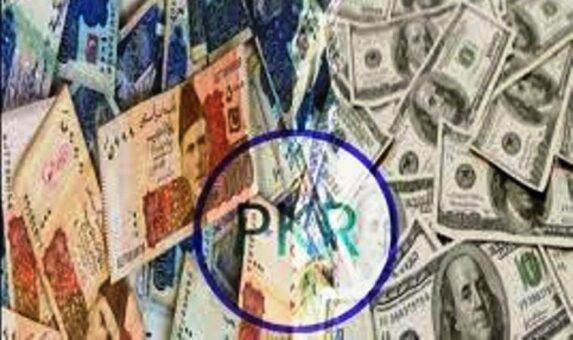ISLAMABAD: The government of Pakistan on Tuesday decided to keep the petroleum prices unchanged for next fortnight starting from November 16, 2022.
It was third straight announcement to keep the prices of petroleum products unchanged. Previously, on September 30, 2022 following changes in petroleum prices were announced:
The rate of petrol has been reduced by Rs12.63 per liter to Rs224.80 from Rs237.43.
READ MORE: Petroleum prices in Pakistan effective from November 01, 2022
The price of high speed diesel has been cut by 12.13 per liter to Rs235.30 from Rs247.43.
The rate of Kerosene oil has been slashed by Rs10.19 to Rs191.83 from Rs202.02.
The price of light diesel oil has been reduced by Rs10.78 to Rs186.50 from Rs197.28.
The government has taken the latest decision amid challenges including long march initiated by leading opposition party and rising benchmark Brent crude rates in international markets.
The present coalition government led by PML-N is under immense pressure since coming into power in April 2022. This government is mainly criticized for sky rocket prices of all essential items bringing inflation to record levels. The present government had opportunity to attract masses by lowering petroleum prices.
READ MORE: Pakistan keeps petroleum prices unchanged from October 16, 2022
On the other hand, Imran Khan, Chairman, Pakistan Tehreek I Insaaf (PTI) launched long march on October 28, 2022 from Lahore demanded the present government to announce general election as the country on the brink of default and masses were witnessing the brunt of high prices.
The present government has annoyed people through its last decision to keep the prices of petroleum products unchanged. Experts had opinion that the government had room to give benefit by slashing the prices.
Pakistan is the net importer of petroleum products to meet the domestic demands. Oil import bill of the country went up to $4.86 billion during first quarter (July – September) of the current fiscal year as compared with $4.59 billion in the corresponding quarter of the last year.
READ MORE: Pakistan sharply reduces petroleum prices from October 01, 2022
On the other hand the rupee once against started depreciation due to political instability and falling foreign exchange reserves. Although, the SBP recently received $1.17 billion from the International Monetary Fund (IMF) to buffer its foreign exchange reserves and support the local currency. Yet the scheduled repayment gradually dry to foreign exchange reserves position.
Most recently, the SBP again received $1.5 billion from the Asian Development Bank (ADB) to strengthen the foreign exchange reserves position. However, the repayment pressure and rising political noise the rupee unable to show resistance against the dollar.
The previous government of PTI had kept both the petroleum levy and sales tax at zero in order to provide relief to the masses. The PTI government also provided a huge subsidy on prices of petroleum products in order to lower the rates and provide relief to the masses.
READ MORE: Pakistan reviews petroleum prices on Sept 30, 2022 amid crash in global rates
However, former Prime Minister Imran Khan was removed through a vote of no-confidence motion on April 10, 2022. Since then the new coalition government led by PML-N increased the prices of petroleum products sharply on three different occasions.
The present government in the budget estimated to collect Rs855 billion as petroleum levy during the fiscal year 2022/2023. As this fiscal year is starting from July 01, 2022, it is likely that the government will opt to impose the levy from this date.
